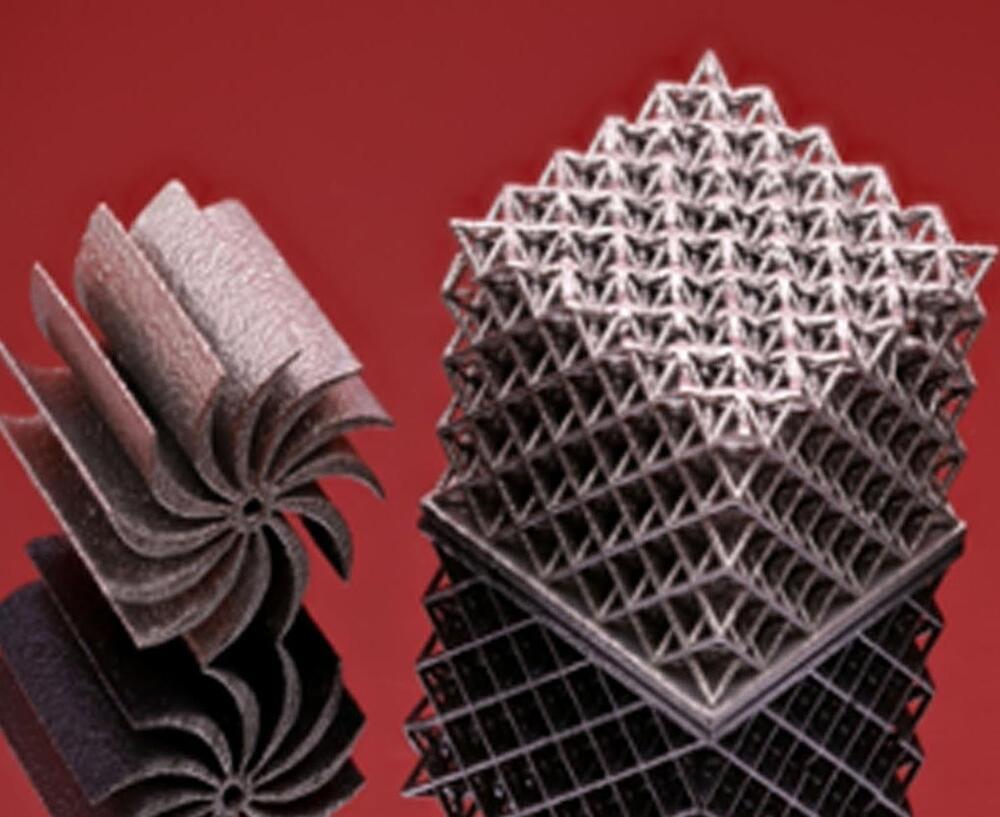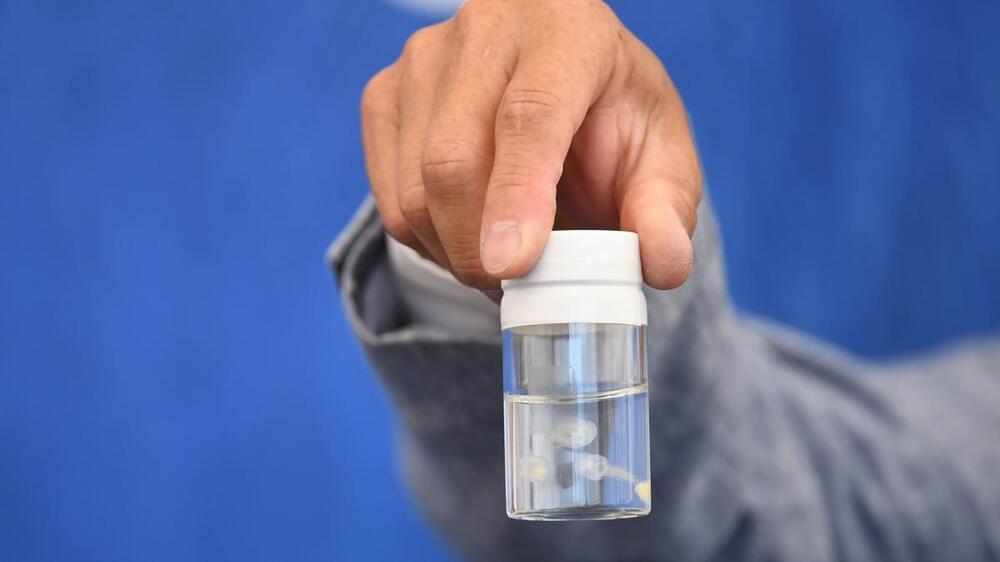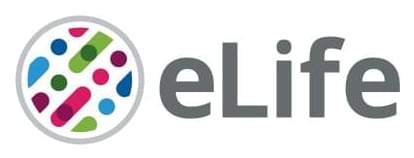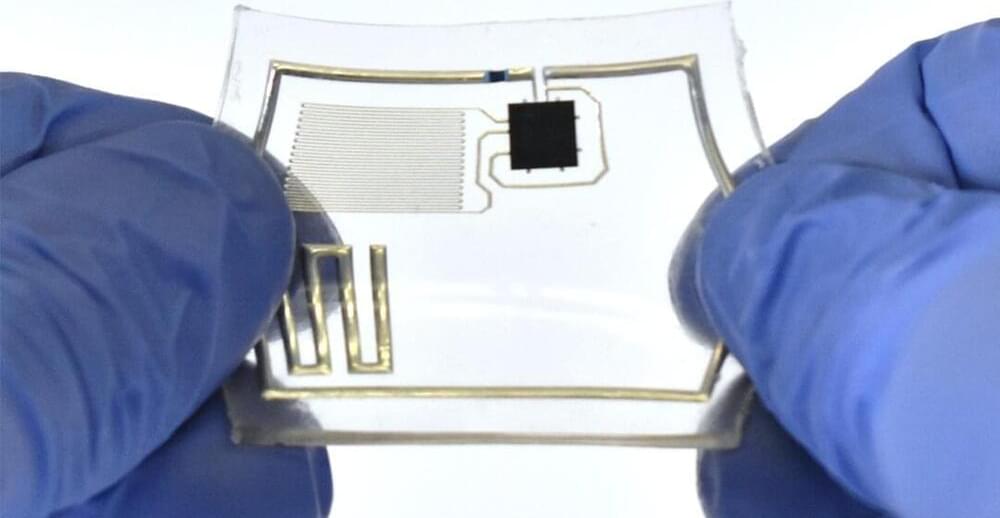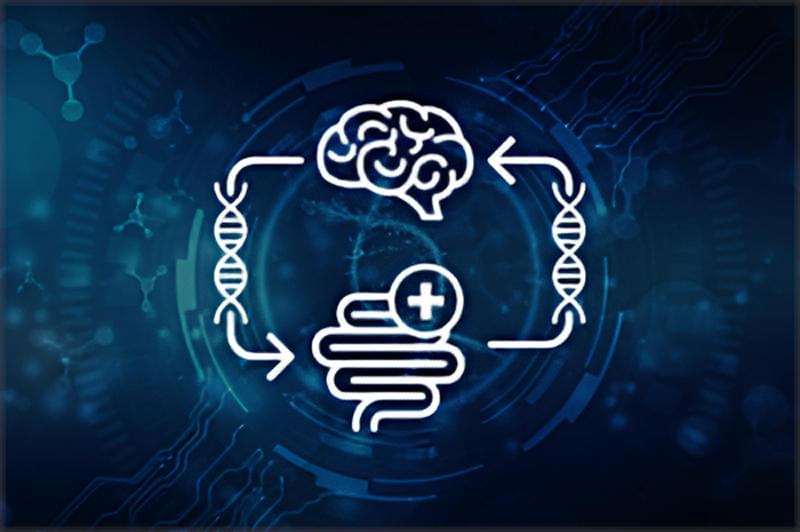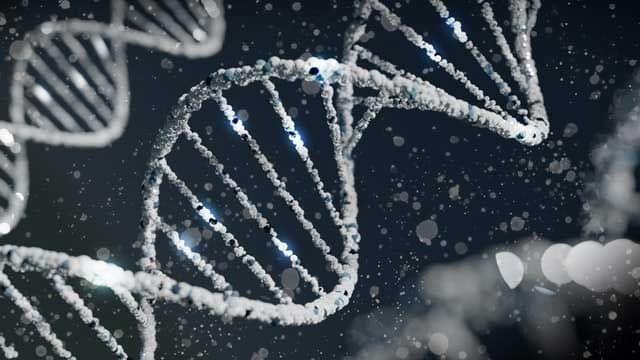Alloy that exceeds the strength and ductility of other state-of-the-art additively manufactured materials. This breakthrough could lead to higher-performance components for applications in aerospace, medicine, energy, and transportation. The work was done by researchers from the University of Massachusetts Amherst and the Georgia Institute of Technology. It was led by Wen Chen, assistant professor of mechanical and industrial engineering at UMass, and Ting Zhu, professor of mechanical engineering at Georgia Tech, will be published today (August 3, 2022) in the journal Nature.
High entropy alloys (HEAs) have become increasingly popular as a new paradigm in materials science over the past 15 years. They are comprised of five or more elements in near-equal proportions and offer the ability to create a near-infinite number of unique combinations for alloy design. Traditional alloys, such as brass, stainless steel, carbon steel, and bronze, contain a primary element combined with one or more trace elements.
